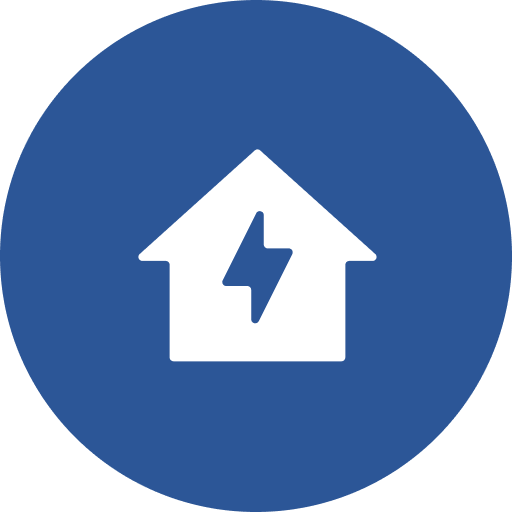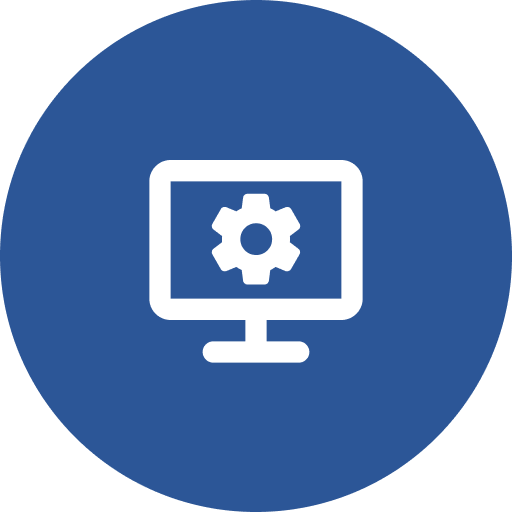IT info of the University of Tartu
Requests portal
Here you can contact the UT helpdesk (IT helpdesk, DHIS, e-learning, SIS, external web ut.ee, facilities management).
Status
Here you can check the information about the status of the university's IT services and planned outages.
Info
Popular topics
IT helpdesk most read computer help guides in the past month
News
-
Artificial intelligence (AI) — Artificial intelligence (AI) is the intelligence of a machine that is used in the IT support, research and development work of the university. The page's subcategories include products Azure OpenAI API, GitHub Copilot, Microsoft 365 Copilot, Microsoft Copilot Chat and Sharepoint agents.
-
Change in the kodu.ut.ee web server — From 09.08.2024 at 12:00, a change will take place on the kodu.ut.ee web server, as a result of which the content in users' public_html folders will no longer be automatically displayed as a directory listing. Files and content can still be uploaded, but for security reasons, the contents of the folder will no longer be displayed as a list.
You can find more information about data storage and backup in the guide Data storage and backup. -
Microsoft Teams update —The Microsoft Teams update brings significant changes to the user experience and features. Starting March 31, 2024, all classic Teams users who have not yet switched to Teams will receive the new upgrade. Until that day, users can continue using Teams Classic Teams, but we recommend that you migrate to the new Teams as soon as possible. Also check Introducing the new Microsoft Teams, now in preview.





